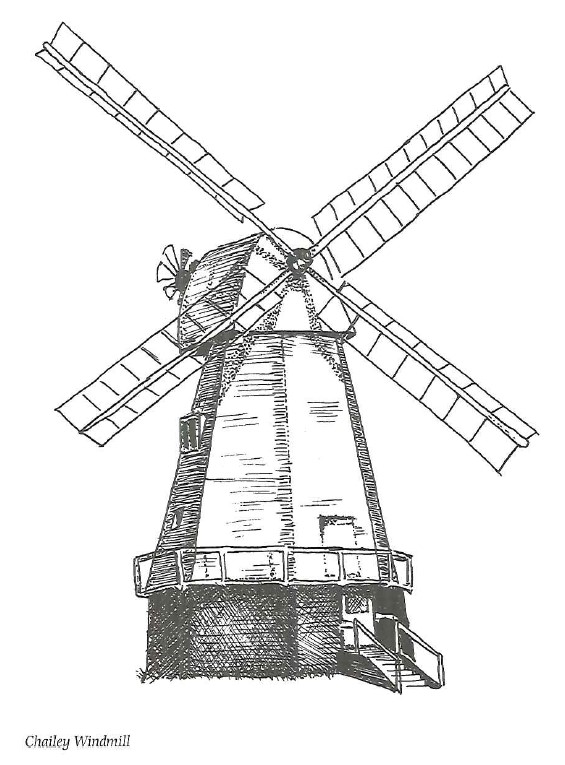Pronounced Oaf-ham’, it is a village in miniature: a fine country house or two and no more than a handful of pretty flint cottages served by a handsome church, a pub and even a blacksmith’s forge where the toil of days gone by has given way to more artistic creations in metal. A sleepy place where the locals plead for a crossing, to make a walk across the busy main road less perilous, and lament the loss of their village shop.
But the industrial revolution once hit Offham in a big way making it the scene of a remarkable piece of engineering and one of the first “railways’ in southern England. At the beginning of the 19th century George Shiffner, who lived at Coombe Place, owned the village’s chalk pit and wanted to improve on the horse and cart method of transporting the chalk and lime down the steep hillside to the canal in the Ouse valley 400ft below. Shiffner commissioned William Jessop to solve the problem and in 1809 the Offham tramway was opened operating on a funicular basis.
The loaded wagons were attached to cables and rolled on rails down al in 2 gradient controlled by a large wheel at the top which simultaneously pulled up an empty wagon on the adjacent track. The wagons descended and ascended through two brick tunnels 7ft wide which passed under the road below the chalk pit. At the bottom the wagons were put on a turntable, disgorged their burden into the waiting barge and were pulled up again.
As the conventional railways arrived the waterway traffic diminished, but the Offham tramway continued to hump its loads until closure in 1870 and traces of the mechanical era which made the village buzz with activity can still be seen today.
